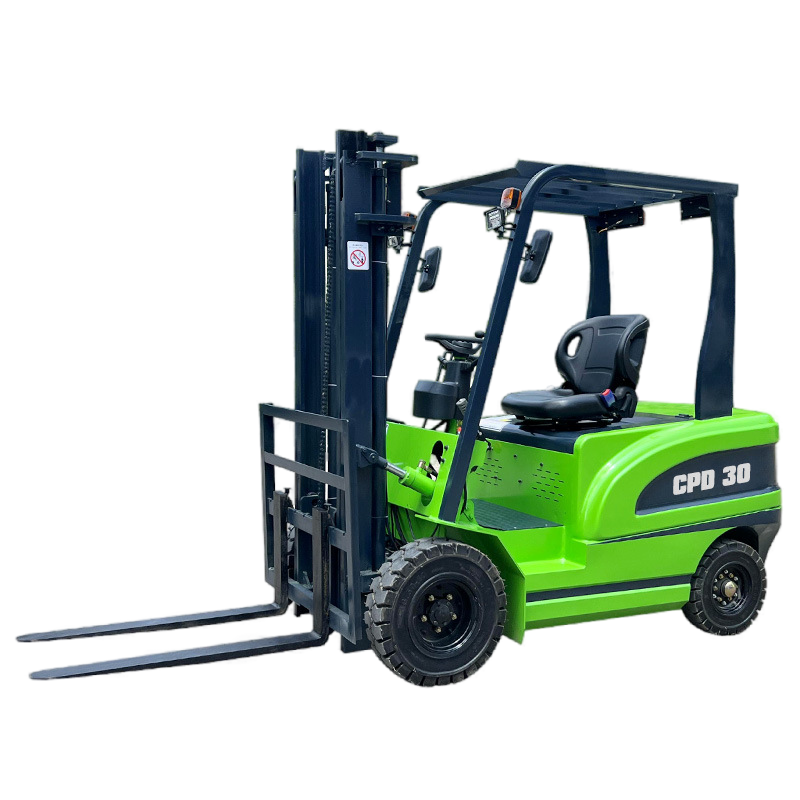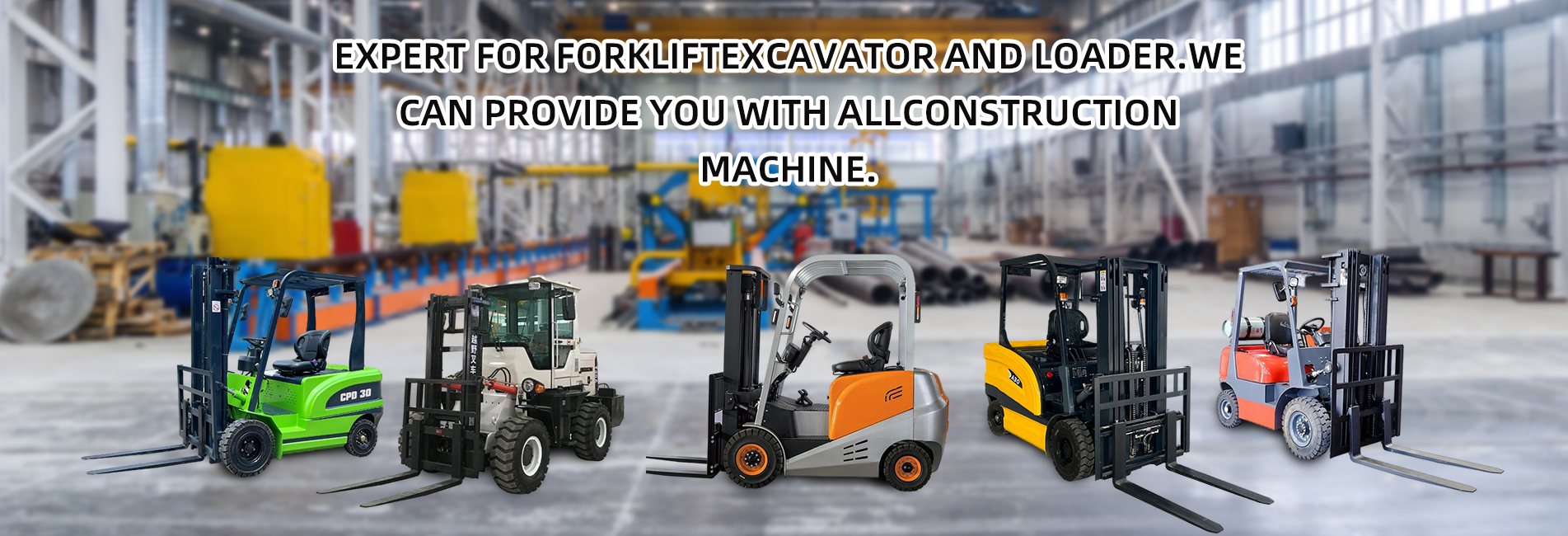Electric forklifts have significant advantages in various aspects compared to traditional internal combustion forklifts (such as diesel, gasoline, or liquefied petroleum gas forklifts) in indoor environments, and are particularly suitable for enclosed or semi-enclosed places like warehouses, workshops, and distribution centers. The following is a detailed explanation of their core advantages:

- Environmentally friendly and clean, with no pollutant emissions
- Zero exhaust emissions: Electric forklifts are powered by batteries. During operation, they do not produce harmful gases such as carbon monoxide, nitrogen oxides, and particulate matter, nor do they emit oil fumes or peculiar smells. This directly avoids the deterioration of indoor air quality and protects the respiratory health of operators and other staff.
- Reduced environmental pollution: There is no need to deal with issues such as fuel leakage and exhaust residue, which reduces the risk of pollution to indoor floors and goods (especially products with high cleanliness requirements such as food and medicine), and complies with environmental regulations and food safety standards.
- Low-noise operation, improving the working environment
The noise of electric forklifts mainly comes from the motor and mechanical transmission, usually ranging from 60 to 70 decibels (equivalent to the volume of normal conversation), which is much lower than that of internal combustion forklifts (80 to 100 decibels, close to the noise of motorcycles).
The advantage of low noise can reduce hearing damage to operators, and at the same time avoid noise interference with other indoor operations (such as office work, quality inspection, precision machining, etc.), improving the overall comfort of the working environment and communication efficiency. - Convenient operation and lower maintenance costs
- Simple operation: The control system of electric forklifts (such as acceleration, steering, lifting) is smoother and more responsive, making it easier for new operators to get started and reducing training costs. Moreover, there are no complex operating components such as clutches and accelerator pedals, reducing operational fatigue.
- Easy maintenance: Compared with the complex structures of internal combustion forklifts such as engines, fuel systems, and exhaust systems, the core components of electric forklifts (batteries, motors, controllers) have a lower failure rate. Daily maintenance only requires regular checks of battery power, tires, hydraulic oil, etc. The maintenance cycle is longer, and maintenance costs can be reduced by 30%-50%.
- Higher energy efficiency and controllable operating costs
- High energy efficiency: The energy conversion efficiency of electric motors (about 80%-90%) is much higher than that of internal combustion engines (only 20%-30%), resulting in lower energy consumption for the same amount of work.
- Stable energy costs: The price of electricity is relatively more stable than that of fuel. In addition, charging at night can take advantage of off-peak electricity prices to further reduce costs. However, fuel prices are greatly affected by market fluctuations, leading to poorer long-term economic efficiency.
- Energy recovery potential: Some electric forklifts are equipped with regenerative braking functions, which can recover energy during deceleration or downhill to extend the battery life.
- Strong adaptability, suitable for narrow spaces
- Compact size: Electric forklifts (especially small electric stackers and reach trucks) are designed more flexibly, with a small turning radius and controllable body height and width. They can move flexibly in narrow passages and low warehouses (such as three-dimensional shelf areas), improving space utilization.
- No open flame risk: There is no need to worry about fire hazards caused by fuel leakage, making them particularly suitable for indoor places storing flammable and explosive items (such as chemical warehouses and paint workshops) with higher safety.
- Policy support, in line with future trends
The global control over environmental protection and carbon emissions is becoming increasingly strict. Many regions have issued regulations restricting the use of internal combustion forklifts indoors (such as the EU's "Industrial Emissions Directive"), and electric forklifts are easier to meet compliance requirements.
With the development of battery technology (such as lithium batteries), the endurance capacity (8-12 hours of work on a single charge) and fast-charging technology of electric forklifts have been continuously improved, completely solving the early pain point of "short endurance" and further enhancing their applicability.
Summary
With the advantages of environmental protection, low noise, high efficiency, economy, and safety, electric forklifts have become the preferred equipment for indoor logistics and warehousing operations, especially suitable for scenarios with high requirements for environmental quality, operational accuracy, and cost control. In the long run, their comprehensive benefits are much higher than those of internal combustion forklifts, and they are the mainstream development direction of industrial vehicles in the future.
With the advantages of environmental protection, low noise, high efficiency, economy, and safety, electric forklifts have become the preferred equipment for indoor logistics and warehousing operations, especially suitable for scenarios with high requirements for environmental quality, operational accuracy, and cost control. In the long run, their comprehensive benefits are much higher than those of internal combustion forklifts, and they are the mainstream development direction of industrial vehicles in the future.


